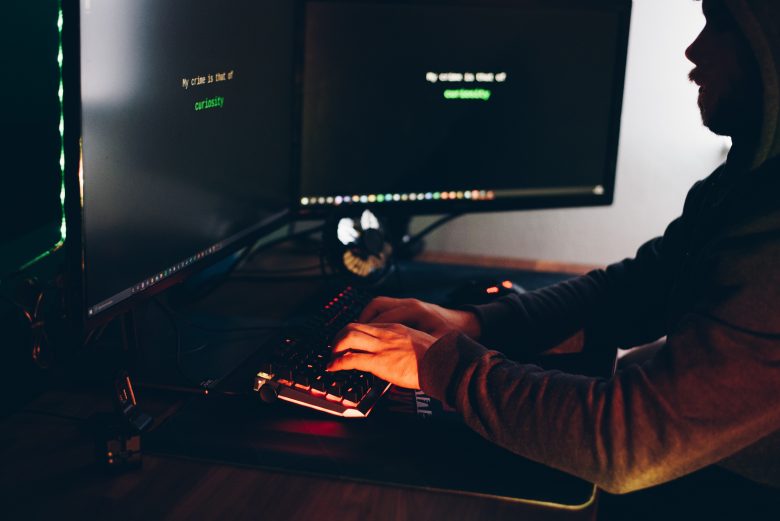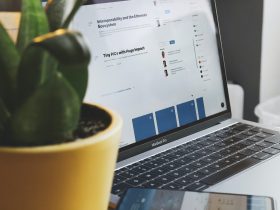Theft of electronically stored data is a sad reality, and each year thousands of individuals and companies globally suffer from it. Almost all computers are connected to the internet and, therefore, vulnerable to attacks. Cybersecurity, which is the protection against such attacks, is imperative.
In 2023, cybersecurity will be even more essential and relevant than ever before. Work models have changed due to COVID-19, and the traditional concept of an office is out of the window. System security requirements are changing. These changes will lead the hackers to modify their plan of action as well.


Those with ill intent will look for soft spots in the security systems and will strike hard. Companies must prepare for these challenges now or risk suffering severe losses. Some basic cybersecurity steps can help avoid much trouble. Evolution is the call of the day.
Want to learn more about what’s in stock this year? Here are some predictions about cybersecurity in 2023.
Greater Security For Remote Workers
Most companies have their employees working remotely due to the coronavirus. While some businesses encouraged such flexibility in the past, many were opposed to the practice. Such organizations were forced to switch gears and upgrade their security systems due to the new normal.
The work-from-home or remote working trend will continue in 2023 as COVID-19 isn’t leaving this year, and it will be practiced to some degree once things go back to normal. With these changes, people with ill intentions are concentrating on remote working systems for any weaknesses.
To protect their data, companies will heavily invest in their systems’ security. Any glitch can lead to data theft which can prove to be catastrophic for a business concern.
Rise Of Cyber Insurance
With the sustained increase in cyber-attacks, cyber insurance will be much sought after in 2023. In the past, not many businesses have opted for this insurance. However, with newer work norms for the foreseeable future and security systems being updated accordingly, data loss risk will remain high.
In such an event, businesses want to minimize their losses, and cybersecurity insurances are the perfect cover. There are some hurdles in their way, including the high cost of insurance, few available options, and legal issues.
However, with more companies, including small and medium businesses concerned opting for these insurances, more viable options will be available, and its cost will be driven lower.
From Ransomware To Targeted Hostageware
Ransomware has been around for some time, with hackers typically taking over the victim firm’s entire system and demanding a certain amount of money to return its control. The model continues to evolve, and some hackers even make telephonic contact to ensure they get paid.
The newer trend is hostage ware, where hackers extort money by threatening companies to either pay or their data will be made public. Such a leak is a significant threat to businesses as it destroys the company’s reputation and leads to legal woes simultaneously.
And hostageware is not limited to larger businesses, smaller and medium enterprises are also being targeted, so solid cybersecurity is of the essence.
Internet Of Behavior
The internet of things (IoT) has become a part of life with connected devices, security systems, and numerous uses in various industries. It helps lower costs and gives a more personalized experience. All this is done with the help of some user data. However, in 2021, it’s taking a whole new angle.
Internet of behaviors (IoB) is the next big thing as it will allow a big tech to focus on individuals in numerous ways. IOB will advance from tracking movements to tracking behaviors based on internet browsing habits, purchases made, and everyday life preferences.
It can, in turn, use the data to not only a personalized experience online or on your smart TV screen but also influence your habits and preferences in the longer run. Not a direct cyber threat to individuals, but indeed, there is a lot of personal data in use.
The Inside Job
The chances of recruiting rogue employees have increased significantly in 2022, with most work being done remotely. Well-qualified professionals can act as a gun for hire and can leak data to third parties. As per statistics, the insiders account for up to 25% of all data breaches.
In the prevailing environment, people may be tempted even further to take the easy money route. Experts believe that in 2021, 33% of the data leakage is expected to originate from employees, which is a very high number and an area that will require extra policing.
Beyond Passwords
Passwords have been the go-to for ensuring that no unauthorized person gains access to the information. They’ve been relatively effective, especially when they’re long but are not immune to brute force attacks. An additional layer of protection is essential to protect critical information.
Multi-Factor Authentication (MFA) is currently being used extensively for lowering unauthorized access. Many organizations are opting for MFA, and it will become more and more common during 2022. The second form of authentication, whether through particular questions, access to a secondary device, or a biometric key, is highly effective.
We can conclude that the cybersecurity risks will increase with time. Some basic cybersecurity steps can help avoid much trouble. Having state-of-the-art systems in place is a must in the longer run. A little extra cost is most undoubtedly worth protecting your crucial business information.




























